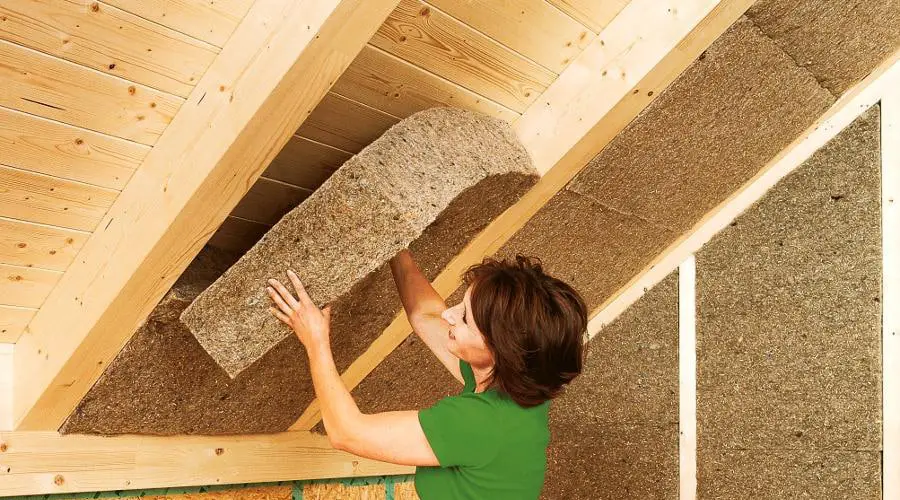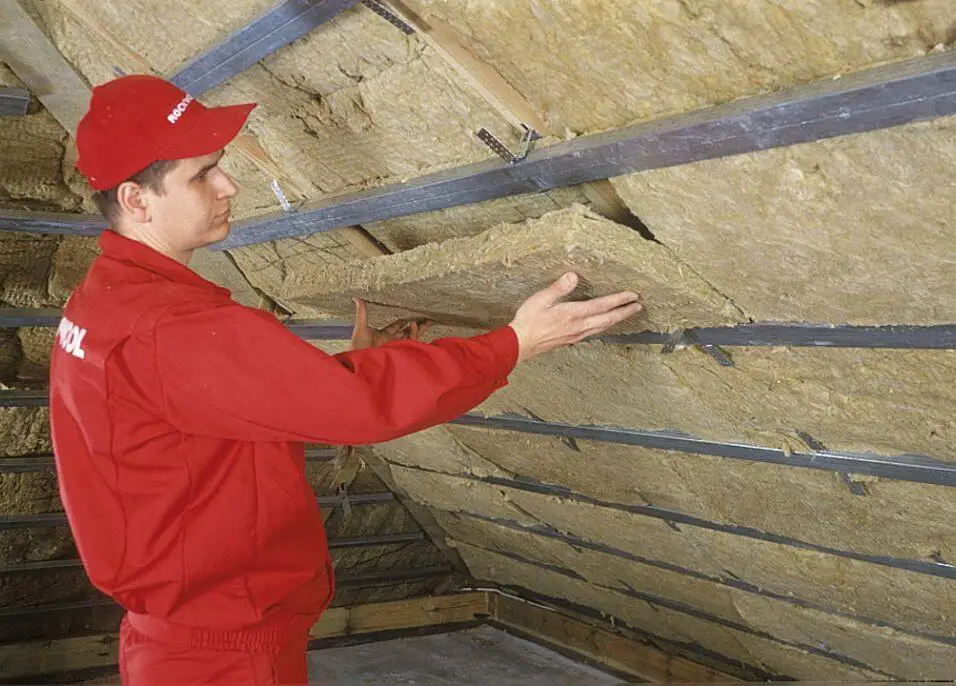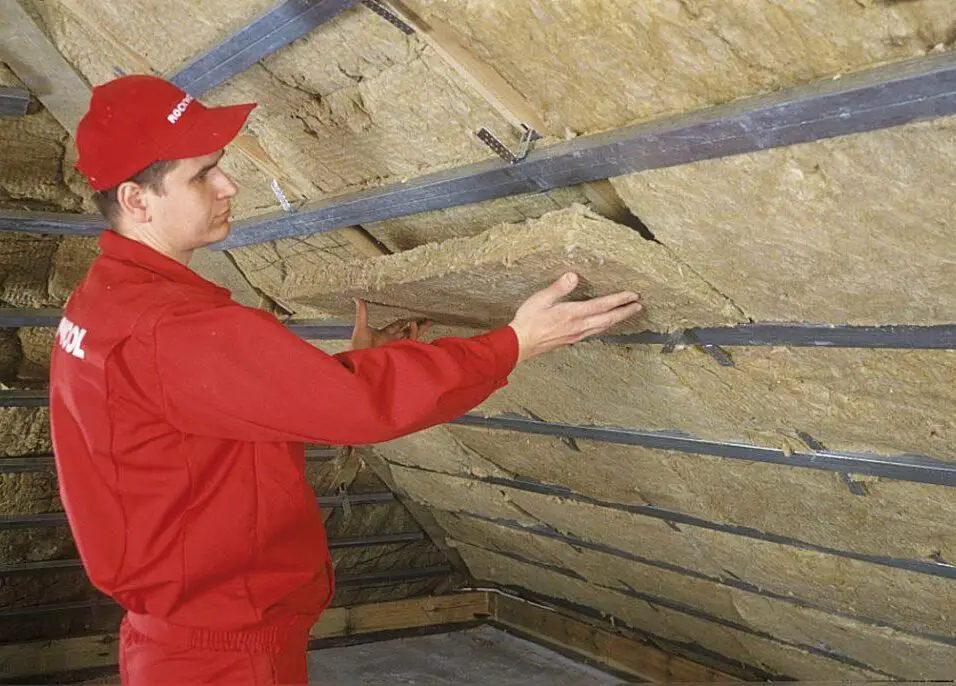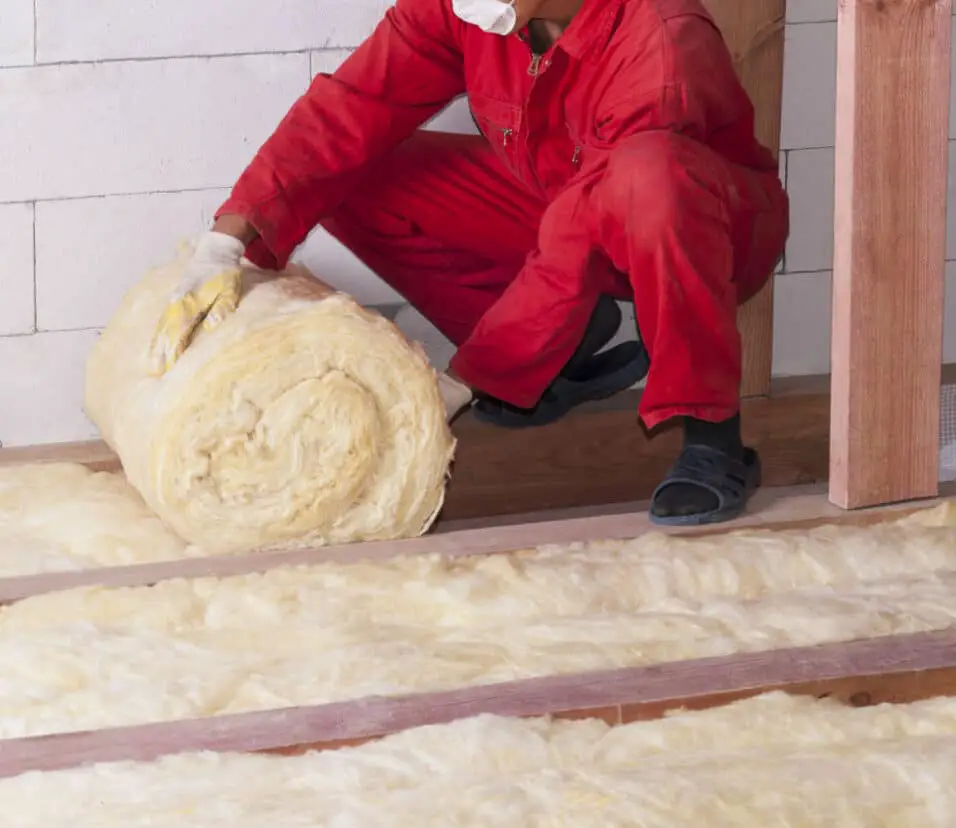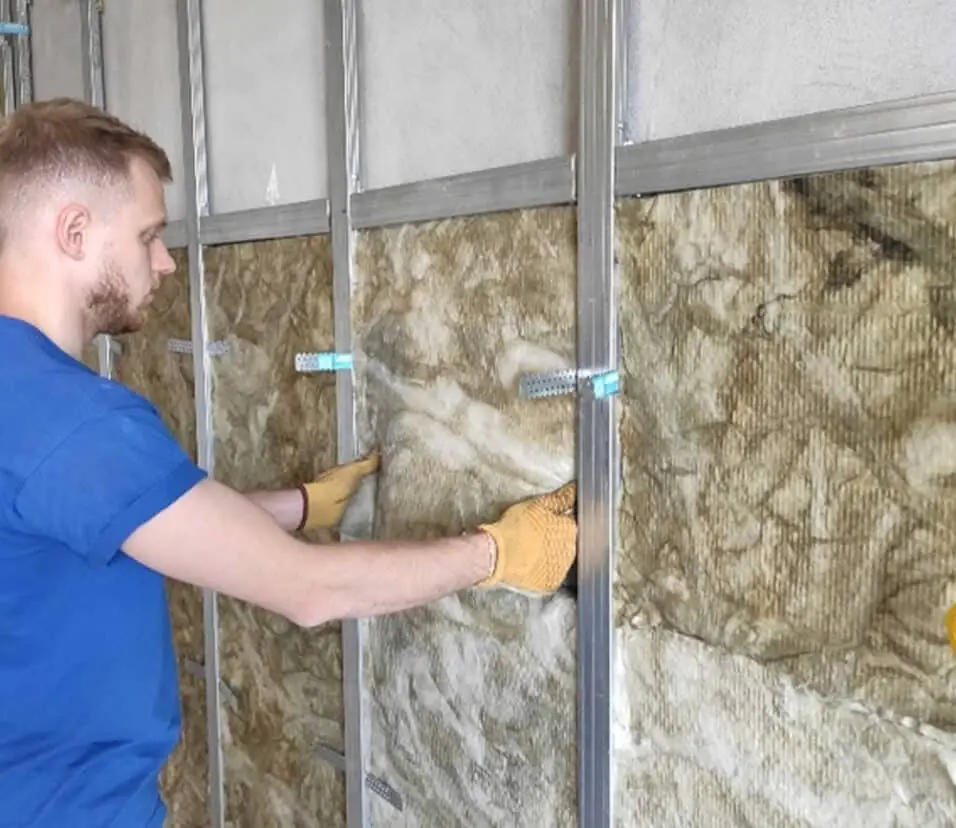How To Install Underfloor Insulation
Introduction
How To Install Underfloor Insulation: A cost-effective and energy-efficient solution for enhancing home comfort: underfloor insulation. With rising concerns about energy consumption and indoor comfort, properly insulating your floors can make a significant difference. This guide will walk you through the step-by-step process of installing underfloor insulation, helping you create a cozier and more environmentally friendly living space.
Underfloor insulation serves as a barrier between the ground and your home’s interior, preventing heat loss during colder months and maintaining cooler temperatures during summer. By reducing the transfer of heat through the floor, you can enjoy lower energy bills and a more consistent indoor climate year-round.
You’ll discover the various types of underfloor insulation materials available, including fiberglass, foam boards, and reflective foil insulation. You’ll learn how to assess your home’s underfloor structure and choose the most suitable insulation material for your needs. The installation process will be demystified, covering preparation, safety precautions, and step-by-step instructions for laying and securing the insulation material effectively.
Whether you’re a seasoned DIY enthusiast or a homeowner looking to make cost-effective improvements, installing underfloor insulation is a rewarding project that pays off in both comfort and savings. So, grab your tools and let’s get started on the journey to a more energy-efficient and comfortable home.
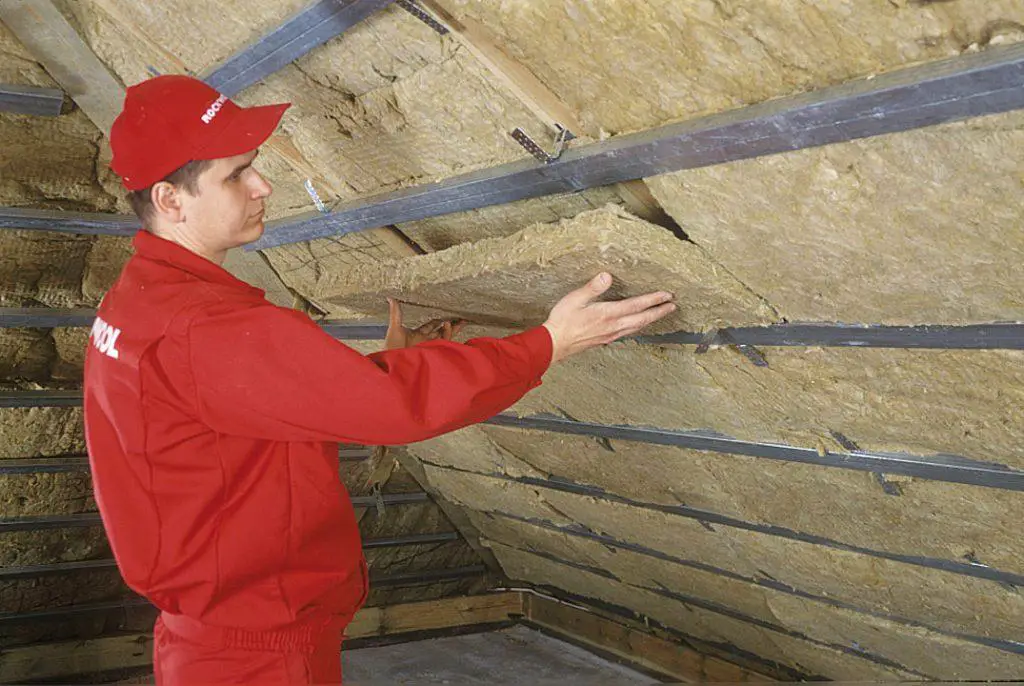
What is the best way to insulate underfloor?
Then relay the floor boards and finish with your chosen floor finish. The most effective way to insulate underfloor spaces involves a combination of careful material selection, thorough preparation, and precise installation. Start by assessing the underfloor structure and identifying any potential air leaks or gaps.
For optimal results, ensure a snug fit without compression or gaps, as these can undermine the insulation’s performance. Seal joints and edges using appropriate adhesive or tape to prevent air infiltration. Additionally, consider reflective foil insulation for added protection against radiant heat transfer.
Prioritize safety throughout the process by wearing protective gear and working in well-ventilated areas. If necessary, consult professionals for advice or assistance, especially when dealing with complex underfloor configurations or existing insulation removal. Remember, a meticulously insulated underfloor not only minimizes heat loss but also enhances indoor comfort and energy efficiency.
Can you install underfloor insulation yourself?
Access the floorboards from underneath
Yes, you can certainly install underfloor insulation yourself, provided you have the necessary skills, tools, and knowledge. The DIY approach can save you money and offer a sense of accomplishment. Start by researching the insulation material that suits your floor type and climate. Common options include fiberglass batts, rigid foam boards, and reflective foil insulation.
Ensure you’re well-versed in safety practices, such as wearing protective gear and working in a well-ventilated area. Properly measure and cut the insulation to fit between the floor joists snugly, avoiding gaps or compression. Seal any seams, edges, and joints meticulously to prevent air leakage.
However, be cautious if your underfloor space is intricate or if there’s existing insulation that needs removal. Some situations may require professional assistance. If you’re uncertain about any aspect, consulting an expert can prevent costly mistakes.
While installing underfloor insulation yourself is possible, it demands careful planning, precision, and adherence to safety guidelines. A successful DIY project can lead to enhanced energy efficiency and indoor comfort in your home.
What is the best thickness for underfloor insulation?
Complying with building regulations
The U-value is a measure of how quickly heat will travel through the floor. Rigid foam boards typically offer higher insulation values for a given thickness compared to other materials.
However, local climate plays a crucial role. In colder regions, you might consider increasing the thickness to provide extra insulation against harsh temperatures. In warmer climates, a slightly thinner insulation layer might suffice.
Ultimately, it’s wise to consult the manufacturer’s recommendations for the chosen insulation material and take into account your specific circumstances. Also, consider local building codes and energy efficiency standards, as they may specify minimum insulation requirements based on your location.
What is the best membrane for underfloor insulation?
Thermafleece Breather Membrane is ideal for supporting insulation between suspended floor joists or as a protective layer above insulation installed between floor joists to prevent the accumulation of debris on top of insulation.
When selecting a membrane for underfloor insulation, several factors come into play to ensure effective moisture control and long-term insulation performance. A moisture-resistant and vapor-permeable membrane is often considered the best choice. Among the options, a high-quality polyethylene vapor barrier stands out.
Polyethylene vapor barriers are known for their durability, resistance to moisture penetration, and ability to allow water vapor to pass through. This property prevents condensation buildup within the insulation, reducing the risk of mold and rot. Additionally, these barriers are relatively easy to install, making them suitable for both DIY and professional applications.
Consider factors such as thickness and puncture resistance when choosing a polyethylene vapor barrier. Opt for a thickness that suits your specific underfloor conditions and ensures the barrier’s durability. Puncture-resistant membranes will better withstand potential damage during installation and throughout their lifespan.
What are the main types of underfloor insulation materials available, and how do their properties differ?
Several main types of underfloor insulation materials are available, each with distinct properties that influence their effectiveness and suitability for different situations.
Fiberglass Batts: These are flexible panels made of glass fibers and are often easy to handle and install between floor joists. They provide good thermal resistance, but proper installation is crucial to avoid gaps or compression that can diminish their performance.
Rigid Foam Boards: These solid panels come in various materials like expanded polystyrene (EPS), extruded polystyrene (XPS), or polyisocyanurate (PIR). They offer high thermal resistance and can be cut to fit snugly between joists, providing a continuous insulation layer without gaps.
Reflective Foil Insulation: This type typically consists of reflective foil sheets that reflect radiant heat away from the underfloor space. They work well in combination with other insulation materials to minimize radiant heat transfer.
Spray Foam Insulation: Expanding foam can be sprayed between joists, forming a seamless insulation layer that conforms to irregular shapes. It offers excellent airtightness and insulation properties but requires professional application.
Natural Fiber Insulation: Materials like sheep’s wool or cellulose fibers can be used for eco-friendly insulation. They offer good thermal properties and are often treated to resist pests and moisture.
The choice of material depends on factors such as budget, insulation performance required, available space, and any specific environmental considerations. It’s essential to match the material’s properties with your underfloor structure and climate conditions for optimal results.
What are the key benefits of installing underfloor insulation in a home?
Installing underfloor insulation offers a multitude of significant benefits that enhance both the comfort of your home and its energy efficiency.
Primarily, underfloor insulation acts as a barrier that prevents heat loss during colder months and heat gain during warmer periods. This results in a more consistent indoor temperature year-round, reducing the need for excessive heating or cooling and subsequently leading to lowered energy bills. This increased energy efficiency contributes to a reduced carbon footprint and a more sustainable living environment.
Moreover, underfloor insulation helps create a comfortable living space by minimizing drafts and cold spots on the floor. It prevents the intrusion of moisture, which can lead to mold growth and rot, thus enhancing the indoor air quality and overall health of occupants. Additionally, the insulation reduces noise transmission from below, providing a quieter and more peaceful environment.
Not only does underfloor insulation improve comfort and energy efficiency, but it can also increase the resale value of your home. Potential buyers are often attracted to properties with effective insulation that promise lower utility costs and improved living conditions.
The key benefits of underfloor insulation encompass improved thermal regulation, reduced energy consumption, enhanced indoor air quality, noise reduction, and potential property value appreciation. This investment yields long-term rewards for homeowners, making underfloor insulation a prudent choice for a more comfortable and sustainable living space.
What safety precautions should be taken during the underfloor insulation installation process, and why are they important?
Adequate ventilation is essential to prevent the buildup of potentially harmful fumes or particles. Additionally, it’s crucial to be cautious of any existing hazards, such as electrical wiring or plumbing, that may be hidden beneath the floor. Turn off the power supply in the area and identify potential hazards before beginning the installation.
Working in well-lit conditions with secure footing can minimize the risk of accidents. Properly storing and handling insulation materials can prevent trips, falls, or injuries due to heavy loads. Lastly, any tools used during the installation should be used with care, and their sharp edges must be safeguarded.
These safety precautions are imperative to prevent accidents, respiratory issues, skin irritation, and exposure to harmful substances. By prioritizing safety, installers ensure a smooth and hazard-free underfloor insulation installation process.
How can homeowners determine the appropriate insulation material and thickness for their specific underfloor conditions and climate?
To determine the appropriate insulation material and thickness for underfloor conditions and climate, homeowners should consider a combination of factors.
Firstly, they should assess the local climate, as colder regions may require thicker insulation for better thermal resistance. Next, understanding the underfloor space, including the type of flooring and joist configuration, helps in selecting materials that fit well.
Researching insulation materials is essential. Different types, like fiberglass batts, rigid foam boards, and reflective foil, offer varying thermal properties and installation methods. Homeowners should choose materials that align with their preferences and needs.
Consulting local building codes and energy efficiency standards provides guidance on minimum insulation requirements based on the region’s climate. Conducting energy audits or seeking advice from insulation professionals can help determine the optimal thickness needed to achieve desired energy savings.
Balancing these factors ensures an insulation solution that is tailored to the specific underfloor conditions and climate, leading to enhanced energy efficiency, comfort, and long-term benefits.
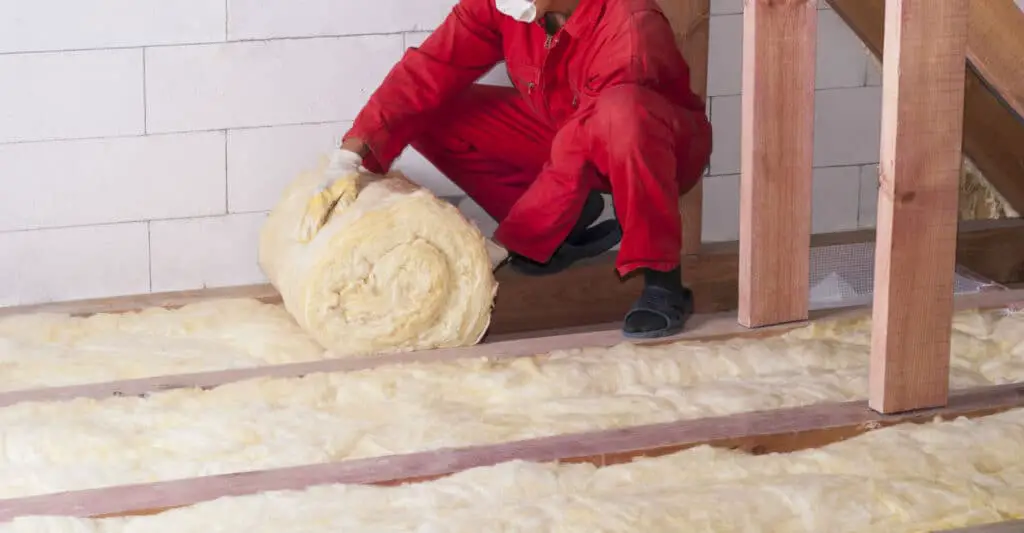
Conclusion
Installing underfloor insulation is a smart investment that offers numerous benefits for your home and well-being you’re taking a proactive approach to improving energy efficiency, reducing heating and cooling costs, and enhancing overall comfort. Remember that the effectiveness of your underfloor insulation hinges on proper installation, so be sure to pay attention to detail and adhere to safety guidelines. Once the insulation is in place, you’ll quickly notice a more consistent indoor temperature and a reduction in energy consumption, contributing to a greener lifestyle.
With the installation complete, take the time to appreciate the transformation—your home now boasts improved thermal performance, reduced carbon footprint, and an increased property value. Whether you embarked on this project for financial savings or environmental responsibility, the outcome speaks for itself: a more comfortable, sustainable, and inviting living space for you and your loved ones.
So, as you revel in the benefits of your newly insulated underfloor, pat yourself on the back for a job well done. Your dedication to creating an energy-efficient home is a commendable step towards a brighter, more sustainable future.



